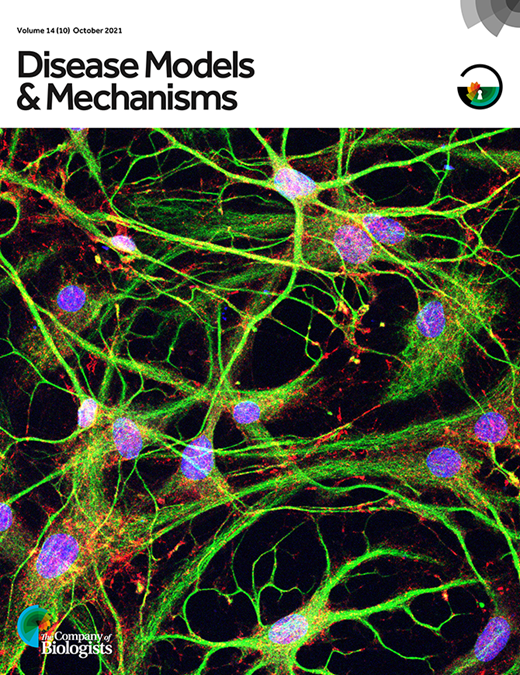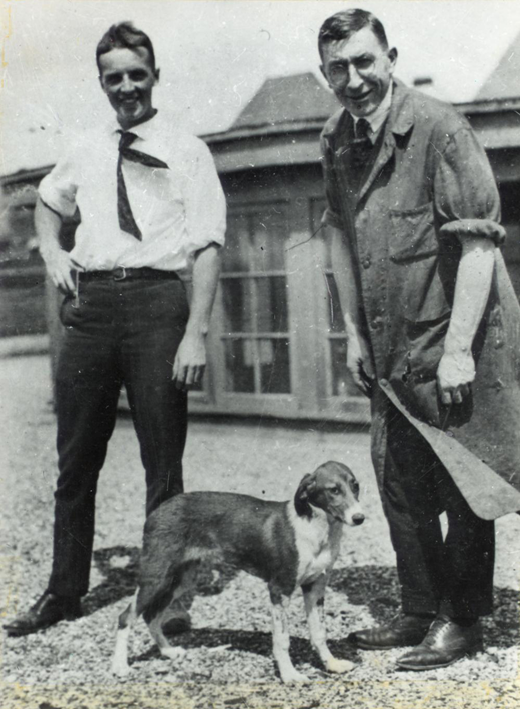From Disease Models & Mechanisms:

What lies beyond 100 years of insulin
ABSTRACT
It has been 100 years since the discovery of insulin. This revolutionary treatment saves the lives of millions of people living with diabetes, but much remains to be understood of its mechanisms and roles in homeostasis and disease. To celebrate this centenary, we explore areas of ongoing insulin research in diabetes, metabolic syndrome and beyond. Disease Models & Mechanisms aims to publish high-quality basic and pre-clinical research that advances our understanding of these conditions to facilitate clinical and public health impact.

There was a time when diagnosis with type 1 diabetes (T1D) was a death sentence. Patients would merely have days or weeks and, if lucky, months to live. Life expectancy could be extended marginally with drastic ketogenic diets that restricted carbohydrate intake; but this led to severe malnutrition and, in the best-case scenario, survival would be extended by one to two years. In 1921, surgeon Frederick Banting, returning from World War I, worked with student Charles Best and had a breakthrough in treating canine diabetes with pancreatic extracts of insulin at John Macleod's laboratory in the University of Toronto. Banting, Best and Macleod then collaborated with the biochemist James Collip to further purify the insulin extracted from cows and proceeded to treat their first patient, 14-year-old Leonard Thompson. For developing this miracle treatment, the scientists won the 1923 Nobel Prize, and global production of insulin was rapidly expanded to treat as many patients as possible.
Over the next 100 years, insulin therapy and diabetes management have continued to improve. Insulin with extended action was developed, a Nobel Prize was procured by Frederick Sanger in 1958 for mapping the structure of the hormone, and genetically engineered human insulin was developed in 1978 and commercialised in 1982. In 1959, another key moment occurred with the classification of insulin-dependent (type 1) and insulin-independent (type 2) diabetes. Fast forward to 2019, when 463 million adults worldwide were suffering from type 1 or type 2 diabetes (T1D or T2D, respectively), a figure that had tripled over the past 20 years, with ~90% of cases being T2D (International Diabetes Federation, 2019). Further research is desperately required to tackle the T2D pandemic and to improve the treatment of T1D, and the landmark discoveries made over the past 100 years have paved the way for this...
... Eva Feldman’s lab has vastly advanced research regarding PN, for example, in studies mapping the role of dyslipidaemia and altered lipid signalling (O'Brien et al., 2020) or identifying sex differences in its development (Elzinga et al., 2021). Eid and Feldman's Perspective article further explores the use of rodent PN models to enhance our understanding of this debilitating condition (Eid and Feldman, 2021)....
